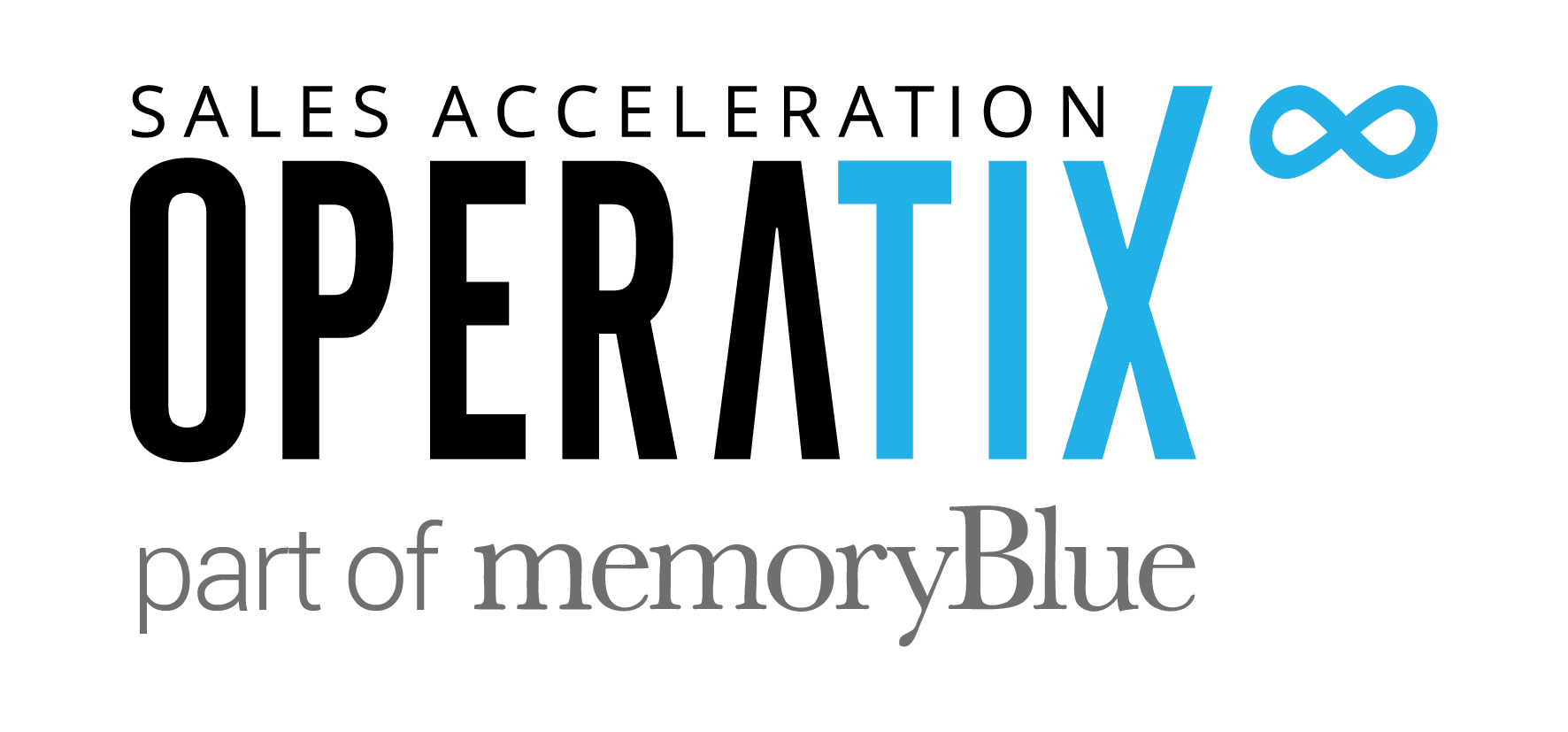The best sales people aren’t always on your sales team. In fact, sometimes the best sales people don’t even work at your company.
Hint: They pay you.
Customers are, time and again, the best sales resources your company has access to. Nothing will sell your product more (and faster) than a referral from someone who already uses it.
Melinda Marks joined us on the B2B Revenue Acceleration podcast to tell us all about building a customer referral program, and we brought the highlights to you:
Melinda is the VP of Marketing at Armorblox, the first cybersecurity company to utilize NLU to stop cyber attacks. Melinda has an extensive background in marketing at Styra, StackRox, VMware, and others.
The 4 Benefits of Customer Stories & Referrals


The first thing you must do is realize the absolute importance of customers.
Melinda Marks
We’re talking with sales people here, so we’re going to skip the fluffy stuff and just list off the reasons customer stories are vital to any organisation:
- Focuses the branding and messaging
- Helps engineers focus their work and gives them ideas for product
- Stories become marketing assets
- Builds relationships with your customers
Let’s unpack these:
Branding & messaging: When you gain customer stories, you understand why customers are actually using your products and services. This helps target your branding and messaging. Often times, the use cases (and the why behind those use cases) conceived in a boardroom are entirely different than reality. Customers may be using your product(s) for entirely different reasons than you think.
Engineers: When your engineers have the chance to hear, firsthand, from customers about the pain points the product is solving (or not solving), they have a renewed perspective when it comes to the next upgrade and/or product design.
Assets: Fairly straight forward — When you interview real customers, you now have use cases and content that you can reuse, re purpose, and equip your sales and marketing teams with.
Relationships: relationships are the glue that ensures renewals. There’s no better way to encourage these relationships than face time (or voice time!).
When in the Sales Cycle to Use Customer References
When is it appropriate to have a current customer talk with a prospect about their experience?
If you’re a sales leader, you’ve probably had a prospect ask one of your reps, very early on, to talk with a current customer. I’ve seen this many times. Often, it seems inappropriate to immediately engage a current customer with a prospect at the very early stages of a sales cycle.
I asked Melinda when you should use current customers to talk with prospects, and here’s what her experience has taught her:
Use customer references later in the sales cycle.
Your sales team knows the power of a referral — So, it can be tempting to jump straight to a referral call. Ensure your sales team is not using customer referrals as shortcuts.
Diagnose the problem:
Is the sales team simply trying to use shortcuts?
Is the sales team being resourced appropriately?
Does the marketing messaging need to change, so customers are aware of the value on the front end?
If your sales team is facing the same questions or objections repeatedly, perhaps they aren’t being resourced appropriately to handle these issues. Or, maybe the marketing messaging isn’t highlighting the right advantages of your product.
How to Utilize High-Level Customer Referrals
Let’s talk about high-level customer referrals.
Let’s assume you have some important, time-strapped individuals in your customer base who’ve agreed to act as a reference for your product (often in exchange for a discount). Clearly, you don’t want to over-utilize the CTO of a big-name logo to have one-off sales calls every couple weeks.
Here’s Melinda’s suggestion:
Connect high-level customers to a reporter who writes case studies.
When you land a high-level customer reference from a big logo, you want to use that leverage. Wisely. There are many reporters who only write customer case studies. Connect that high-level reference with one of those reporters, then use that asset across the organization for prospects.
In the End
Customers sell other customers. We may believe a news article, we may not. But we all listen to our peers.
Leverage your prospects’ peers.
This post is based on an interview with Melinda Marks from Armorblox.
To hear this episode, and many more like it, you can subscribe to The B2B Revenue Acceleration Podcast.
If you don’t use iTunes, you can listen to every episode here.




